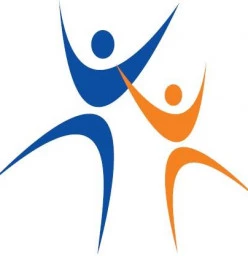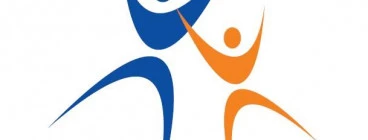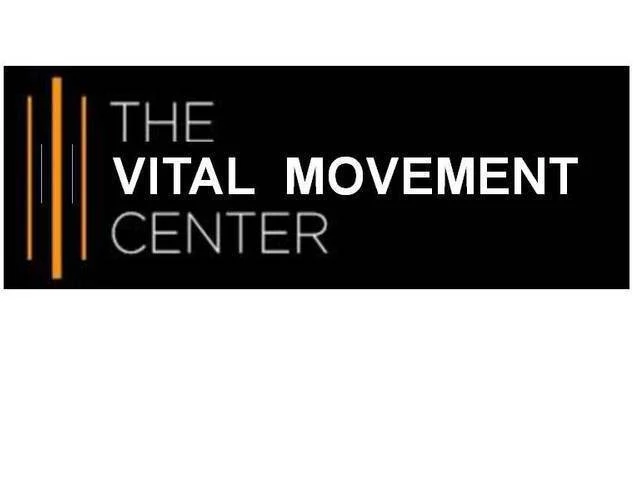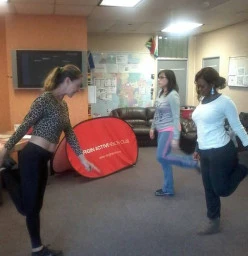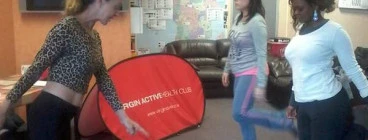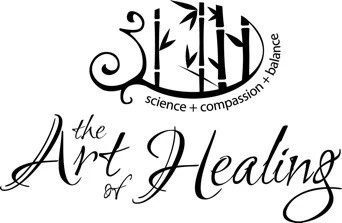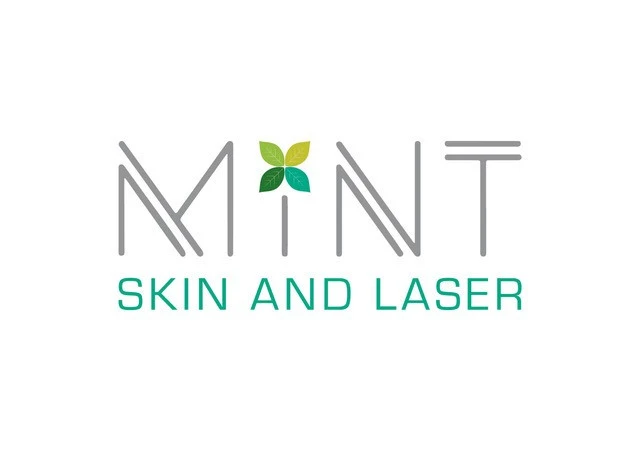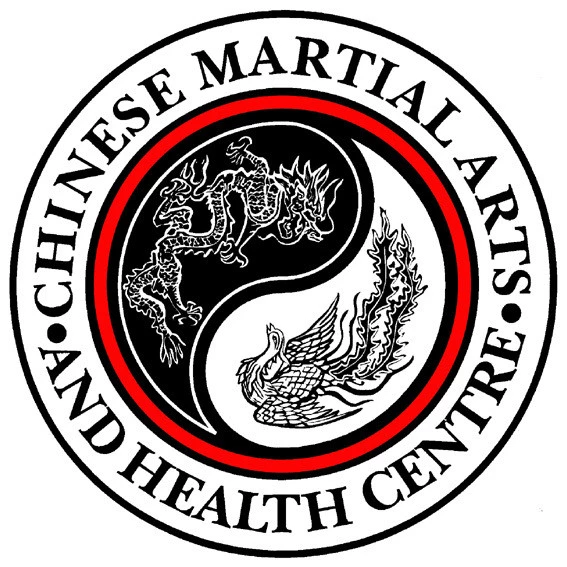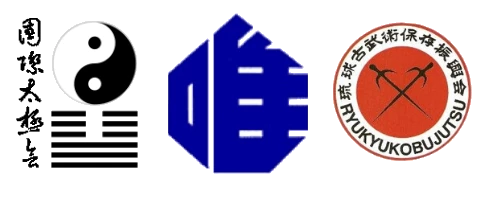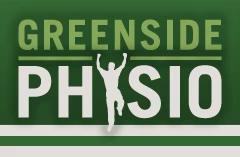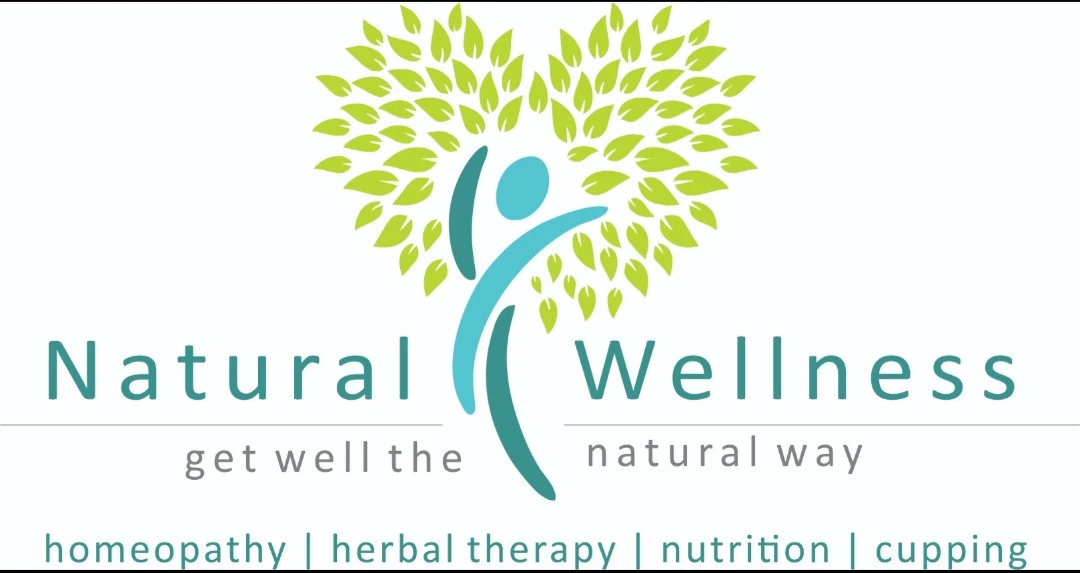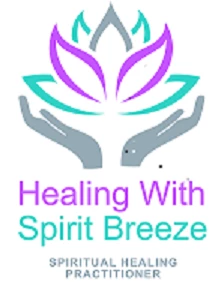- 25 Roberts Avenue, Kensington, Gauteng
- 5-10 km from Rosettenville
- Business can travel to you
Bodyworks - Rosettenville (2190)
Alberton, Ekurhuleni / Germiston, Gauteng
No exact matches found within 5km.
Other related businesses in and around Rosettenville (within 20km)
Time to Relax
R500 one hour full body massage and R300 for 30 minutes back massage. Call or WhatsApp us for more information. Outcalls are available to hotels and residents. Situated at 55 Langerman Dr, Kensington, JHB
Through assessment, treatment and rehabilitation, My Body Clinic offers a tailored approach to assist you in restoring optimal bodily activity, function and Health. My Body Clinic provides a range of body contouring treatments to help clients lose fat, reduce cellulite and say goodbye to wrinkles and loose skin. Fat Freeze (CRYOLIPOLISIS), LIPOTROPIC/LIPOLYSIS INJECTIONS, BLOOD TESTS, Acupuncture, GLUTATHIONE DRIPS, IMMUNE IV DRIP CLINIC, ENERGY DRIPS, VITAMIN DRIPS, LASER LIPOLYSIS, FARADIC SLIMMING,... Read more
Lamelle Luminous Glow Exclusive Deal R 2430.00
Validity: from 01 Apr 2025 to 30 Apr 2025
Give your skin the radiance it deserves with our limited-time Lamelle Luminous Glow Exclusive Deal. When you purchase Lamelle Luminesce Rich and Lamelle Correctives Brighter Serum, you’ll receive a FREE Lamelle Luminesce Brightening Cleanse 125ml, saving more than R300. This bundle is your complete routine for achieving luminous, healthy-looking skin. It is perfect for anyone dealing with uneven skin tone, hyperpigmentation, melasma, or dull skin. Why Choose the Lamelle Luminous Glow Bundle? This exclusive deal combines three of Lamelle’s most effective brightening products. These products target pigmentation, skin discolouration, and dullness while nourishing and restoring your skin barrier. 1 x Lamelle Luminesce Rich: Perfect for dry or mature skin types, this rich moisturiser restores skin hydration, repairs the skin barrier, and visibly improves skin tone. 1 x Lamelle Correctives Brighter Serum: A powerful serum designed to safely lighten hyperpigmentation without irritation or sun sensitivity. Your Free Gift 1 x Lamelle Luminesce Brightening Cleanse (125ml): A gentle yet effective foaming cleanser suitable for all skin types, especially those with pigmentation or sun damage. Who Is This Bundle For? Anyone with melasma, sun spots, age spots, or uneven skin tone People looking for hydrating skincare for pigmentation Individuals with dry or mature skin needing barrier support Those wanting a non-irritating and effective brightening solution Don't miss this chance to save over R300 and transform your skincare routine with this doctor-developed, pigmentation-focused bundle from Lamelle. Achieve a radiant, even-toned complexion – naturally. Order now and enjoy FREE delivery on your bundle! Lamelle Luminous Glow Exclusive Deal is available between 1-30 April 2025 or while stock lasts. Key Ingredients: Peptides, Ceramide-P, Niacinamide, Arbutin, Ferulic acid, Turmeric Plant Extract
I offer a very holistic health service. I make structural corrections using kinesiology as a base and techniques from osteopathy. This includes soft tissue techniques and others to balance the body and help promote lymph drainage and blood flow. This will help promote the health of all internal organs. In addition I do acupuncture, acupressure and laser acupuncture plus reflexology. I also advise regarding nutrition and supplementation as I have studied nutitional medicine. I treat all aches, pains... Read more
Craniosacral therapy R750 Therapeutic Reflexology R650.
Validity: from 28 Mar 2025 to 30 Jun 2025
Hello and welcome! Book and pay for 4 weekly sessions and donate 1 free to somebody you care about. Are you seeking help for a chronic or nagging health concern? Not feeling the way you’d like to feel? People seek my help for many reasons, but if you boil it down they all have one thing in common — they feel physically or emotionally stuck. 3 success stories + one: • “I would like to thank Arthur Rosen for all the care and understanding he has given to my son during his recovery from his accident”. Marlene K. • “Once again, I would like to thank you so much for sharing your skill, kindness and talent in the healing of my son, Cal. Kay. • “Arthur treats my husband who suffers with Alzheimer’s. He has a wonderful gift and is an outstanding therapist”. Sincerely, Iris Y. • Therapeutic Reflexology enabled me to reverse my Crohns disease a chronic gut disorder , without medical intervention, despite being told by the experts: “We don’t know what causes Crohns and there is no cure. You need to take your meds for the rest of your life and you just have to live with it”. He was me. Experience of many people, from our Reflexology/ Craniosacral treatments who have, previously, tried other approaches: Feel better: Relief from Pain, Stress and Anxiety, Fear, Arthritis, Depression, Back Pain & Headaches, Foot Pain, Sleep quality, Gut health, Weight problems, Diabetes, And more.. What will you experience? . Motivational Support. Health Information. Dietary Advice. Lifestyle Recommendations. Fitness Guidance. Disease Prevention. Medical Awareness. Homebound patient assistance and Mental Health Support. Therapeutic reflexology & Craniosacral therapy are safe, gentle & effective for what ails you. No other treatment method can do what Therapeutic Reflexology and Craniosacral therapy do and, there are NO harmful or dangerous side-effects. You'll get there faster with a bit of help. Call Arthur
- MABONENG, Maboneng Precinct 2094, Gauteng
- 5-10 km from Rosettenville
THERAPEUTIC PILATES PRACTITIONER, LIFE COACH, TRAINER and exercise psychologist. Specialist in CUTTING EDGE FITNESS SOLUTIONS, BODY-CENTERED therapies, REHABILITATION, MENTAL WELLNESS, body self image, eating disorders and addiction. Professional counselling, MENTORING, for adults, adolescents, couples, individuals, and families. Specialty exercise solutions (yo Chi' GO!) anxiety disorders, chronic medical conditions, depression, family difficulties, fertility related issues, life changes, loss/grief,... Read more
Quente Products (Pty) Ltd is a Natural Health and Aromatherapy Online Supply Store based in Bedfordview, Johannesburg. There is no physical shop and we trade exclusively online. Free courier delivery is available for orders above R450. A wide selection of aromatherapy products, essential oils, himalayan salt products, natural health and household products, natural skincare and beauty products, as well as raw ingredients. Our products derive from natural ingredients and dont have nasty SLS, Phtalates,... Read more
We are a Professional Aesthetics Centre focussing on the needs of todays modern women and men. We keep our standards high and our treatment services even higher. Offering you the best of technologies and we have sourced only the best skincare products from all over the world, providing you with the most up-to-date products and services. We combine our professional knowledge to provide the ultimate face, skin & body therapies to complement and correct your concerns. Our therapies include Advanced... Read more
Have 7 years of experience as a yoga massage practitioner. Obtained the acknowledgement at Illovo Enmasse in Johannesburg. Sound therapy that opens up the expressive emotions which is currently available. This therapy is also conducive for team building, couples and friends Thai Traditional Massage has slow motion stretches of the yoga principals, 7 2000 pressure points are massaged with moderate pressure,ayurvedic principals and holistic healing, its oil free and the recipient is required to... Read more
TRAINING - DO YOU WANT TO START YOUR OWN BODY CONTOURING AND AESTHETIC CLINIC
Validity: from 01 Dec 2023 to 28 Jun 2025
TRAINING - WANT TO START YOUR OWN BODY CONTOURING AND AESTHETIC CLINIC? Start the new year with a bang by launching your own body contouring and aesthetics clinic. Boost your Sales, Expand your Treatment and Service offering! We will be offering TRAINING on our unique and very popular LIPO INJECTION and BOTTOM ENHANCING AND FIRMING treatments. TRAINING on Body Contouring treatments including FAT FREEZE, LIPO LASER, CAVITATION, RADIO FREQUENCY, CELLULITE, VARICOSE VEINS treatments TRAINING on Salon Treatments including DERMAPLANNING, MICROBLADING, CHEMICAL PEELS, MICRO NEEDLING, AESTHETIC PRODUCT & DEVICE KNOWLEDGE Full Kits & Certificates included. Option to Purchase Machine Equipment Cash or on Finance also available. Continuous after training and/or after sales support. Key expertise and experience on how to run a successful business also provided.
Tuition in Traditional Chinese Kung fu, Tai chi, chi gung, Fu fit and Tactical kung fu self defence classes. We have also introduced a kids Kung Fu class at our Parkhurst branch.Please check out our website for more details and information or call. Come in for a complimentary class of your choice. Read more
Consciousness and Reiki Zone is a safe space to rebalance and restore your energy body as well as expand your consciousness through the latest meditation and esoteric courses and classes. Your facilitator is an Independent Usui Tibetan Reiki Master Teacher and Internationally accredited Jikiden Reik Practitioner. She also holds several qualifications in diverse Energy Healing Modalities and Therapies. Benefits of Holistic Sessions : Reiki - alleviates anxiety, depression and stress. Helps... Read more
Lamelle Luminous Glow Exclusive Deal R 2430.00 R 2735.00
Validity: from 01 Apr 2025 to 30 Apr 2025
Give your skin the radiance it deserves with our limited-time Lamelle Luminous Glow Exclusive Deal. When you purchase Lamelle Luminesce Rich and Lamelle Correctives Brighter Serum, you’ll receive a FREE Lamelle Luminesce Brightening Cleanse 125ml, saving more than R300. This bundle is your complete routine for achieving luminous, healthy-looking skin. It is perfect for anyone dealing with uneven skin tone, hyperpigmentation, melasma, or dull skin. Why Choose the Lamelle Luminous Glow Bundle? This exclusive deal combines three of Lamelle’s most effective brightening products. These products target pigmentation, skin discolouration, and dullness while nourishing and restoring your skin barrier. 1 x Lamelle Luminesce Rich: Perfect for dry or mature skin types, this rich moisturiser restores skin hydration, repairs the skin barrier, and visibly improves skin tone. 1 x Lamelle Correctives Brighter Serum: A powerful serum designed to safely lighten hyperpigmentation without irritation or sun sensitivity. Your Free Gift 1 x Lamelle Luminesce Brightening Cleanse (125ml): A gentle yet effective foaming cleanser suitable for all skin types, especially those with pigmentation or sun damage. Who Is This Bundle For? Anyone with melasma, sun spots, age spots, or uneven skin tone People looking for hydrating skincare for pigmentation Individuals with dry or mature skin needing barrier support Those wanting a non-irritating and effective brightening solution Don't miss this chance to save over R300 and transform your skincare routine with this doctor-developed, pigmentation-focused bundle from Lamelle. Achieve a radiant, even-toned complexion – naturally. Order now and enjoy FREE delivery on your bundle! Lamelle Luminous Glow Exclusive Deal is available between 1-30 April 2025 or while stock lasts. Key Ingredients: Peptides, Ceramide-P, Niacinamide, Arbutin, Ferulic acid, Turmeric Plant Extract
We specialise in the treatment of skin problems including acne (mild to severe), laser therapy, medical and chemical peels from superficial to medium depth, microneedling and CIT therapy, Mesotherapy and injectable mesotherapy, Permanent make-up and microblading, corrective makeup and tattoo removal, burn treatment, scar repair and re-pigmentation, scalp pigmentation and medical tattooing including areola reconstruction, as well as depigmentation and medically assisted slimming injection treatments.... Read more
Yuishinkai and Tai Chi Academy in Edenvale is a martial arts dojo that offers Karate and Tai Chi classes for all ages and abilities. We are dedicated to providing a safe and welcoming environment for their students to learn and grow. Our Tai Chi classes are based on slow, continuous, gentle, and flowing movements of the whole body, promoting a calm, focused, and centered state of mind. Tai Chi is an excellent form of exercise that offers many physical and mental benefits, including improving... Read more
We provide Specialised Physiotherapy focused on treating Headaches, Sciatica,Back and neck pains; Scoliosis and Scheuermann disease as well as Sports Injuries. We have more than 30 years of experience and are well known not only in our community, but nationally and internationally. Our physiotherapists hold International certifications in " 3-Dimentional treatment of scoliosis according to the Principles of C. Schroth",C1( BSPTS, Barcelona,Spain); Mastery Certificate in Manual Therapy, MCMT(... Read more
Offering an Integrated Health Enhancement Programme, which gives people an effective well-being solution, because it has a specific aim in mind – it gets them feeling better about themselves and teaches them how to sustain behaviours that boost their health and vitality, Therapeutic 'medical' reflexology and craniosacral therapy are the cornerstones of our method. Read more
Do you suffer from Back pain, Pinched Nerves, Headaches, Neck tension, pins and needles? Body Stress Release is a complementary approach to health. In BSR we do not diagnose or treat specific illnesses. We do not replace any of your current medical institutions but rather work alongside them. Our bodies have an in built ability to self heal and recover from stresses placed on it. When the stress overrides our body's ability to self heal is when the stress is locked in and manifests as stiffness,... Read more
Homeopathic and natural health care for the entire family!! Safe and effective treatments for common ailments, acute illnesses, chronic conditions...And more. Healthy living & disease prevention strategies. Homeopathy Biopuncture homeopathic injections Herbal therapy Functional medicine Nutrition, diet and lifestyle advice Chinese and sunnah cupping Read more
Chiropractic is one of the world's most efficient and cost effective major healing professions. Chiropractors specialise in treating biomechanical causes of disease that result from misalignments of the spine due to poor posture and injuries or accidents. Chiropractors also stress the importance of good nutrition in order to achieve an optimal state of health. The treatments chiropractors provide are non-invasive and cost effective. This means there won't be any surgery but we can say your treatment... Read more
Sandton Physiotherapist is a modern, evidence-based physiotherapy practice, it is conveniently located in the heart of corporate SANDTON, just off Fredman Drive. The physiotherapists are specialized in the management of sports related injuries as well as orthopaedic and corporate health conditions. Treatment is specific to each patients needs, with the approach being hands on treatment, patient education and rehabilitation exercises to ensure holistic patient management. Our goal is to help patients... Read more
Lamelle Luminous Glow Exclusive Deal R 2430.00
Validity: from 01 Apr 2025 to 30 Apr 2025
Give your skin the radiance it deserves with our limited-time Lamelle Luminous Glow Exclusive Deal. When you purchase Lamelle Luminesce Rich and Lamelle Correctives Brighter Serum, you’ll receive a FREE Lamelle Luminesce Brightening Cleanse 125ml, saving more than R300. This bundle is your complete routine for achieving luminous, healthy-looking skin. It is perfect for anyone dealing with uneven skin tone, hyperpigmentation, melasma, or dull skin. Why Choose the Lamelle Luminous Glow Bundle? This exclusive deal combines three of Lamelle’s most effective brightening products. These products target pigmentation, skin discolouration, and dullness while nourishing and restoring your skin barrier. 1 x Lamelle Luminesce Rich: Perfect for dry or mature skin types, this rich moisturiser restores skin hydration, repairs the skin barrier, and visibly improves skin tone. 1 x Lamelle Correctives Brighter Serum: A powerful serum designed to safely lighten hyperpigmentation without irritation or sun sensitivity. Your Free Gift 1 x Lamelle Luminesce Brightening Cleanse (125ml): A gentle yet effective foaming cleanser suitable for all skin types, especially those with pigmentation or sun damage. Who Is This Bundle For? Anyone with melasma, sun spots, age spots, or uneven skin tone People looking for hydrating skincare for pigmentation Individuals with dry or mature skin needing barrier support Those wanting a non-irritating and effective brightening solution Don't miss this chance to save over R300 and transform your skincare routine with this doctor-developed, pigmentation-focused bundle from Lamelle. Achieve a radiant, even-toned complexion – naturally. Order now and enjoy FREE delivery on your bundle! Lamelle Luminous Glow Exclusive Deal is available between 1-30 April 2025 or while stock lasts. Key Ingredients: Peptides, Ceramide-P, Niacinamide, Arbutin, Ferulic acid, Turmeric Plant Extract
Lamelle Luminous Glow Exclusive Deal R 2430.00
Validity: from 01 Apr 2025 to 30 Apr 2025
Give your skin the radiance it deserves with our limited-time Lamelle Luminous Glow Exclusive Deal. When you purchase Lamelle Luminesce Rich and Lamelle Correctives Brighter Serum, you’ll receive a FREE Lamelle Luminesce Brightening Cleanse 125ml, saving more than R300. This bundle is your complete routine for achieving luminous, healthy-looking skin. It is perfect for anyone dealing with uneven skin tone, hyperpigmentation, melasma, or dull skin. Why Choose the Lamelle Luminous Glow Bundle? This exclusive deal combines three of Lamelle’s most effective brightening products. These products target pigmentation, skin discolouration, and dullness while nourishing and restoring your skin barrier. 1 x Lamelle Luminesce Rich: Perfect for dry or mature skin types, this rich moisturiser restores skin hydration, repairs the skin barrier, and visibly improves skin tone. 1 x Lamelle Correctives Brighter Serum: A powerful serum designed to safely lighten hyperpigmentation without irritation or sun sensitivity. Your Free Gift 1 x Lamelle Luminesce Brightening Cleanse (125ml): A gentle yet effective foaming cleanser suitable for all skin types, especially those with pigmentation or sun damage. Who Is This Bundle For? Anyone with melasma, sun spots, age spots, or uneven skin tone People looking for hydrating skincare for pigmentation Individuals with dry or mature skin needing barrier support Those wanting a non-irritating and effective brightening solution Don't miss this chance to save over R300 and transform your skincare routine with this doctor-developed, pigmentation-focused bundle from Lamelle. Achieve a radiant, even-toned complexion – naturally. Order now and enjoy FREE delivery on your bundle! Lamelle Luminous Glow Exclusive Deal is available between 1-30 April 2025 or while stock lasts. Key Ingredients: Peptides, Ceramide-P, Niacinamide, Arbutin, Ferulic acid, Turmeric Plant Extract
Health and Wellness, BodyStressRelease practitioner Releasing stress and tension Get pain free Get healthy Non- invasive No needles or drugs Fully clothed Gentle, but firm finger pressure No "ruk and plik" Adress the cause and the symptom Education and coaching for your condition Gentle, yet effective From newborns to the elderly Feel great Feel younger, fitter, stronger Mental, emotional Stress Chemical (toxins) stress Physical stress , physical injury Trauma recovery Optimize... Read more
We provide classes in TAI CHI and KOBUJUTSU Tai Chi is a low-impact, weight-bearing, ancient traditional Chinese exercise that has been shown to provide many health benefits including stress reduction, improved balance and strength, reduced pain and stiffness, better sleep and an improved immune system with minimal risk to the participant. Qigong—pronounced “chee gong”—is an even more ancient traditional Chinese wellness practice that has been referred to as meditative movement. One unique feature... Read more
Why Body Stress Release? Body Stress Release is a safe, natural technique which is suitable for everyone, from infants to the elderly. It prompts the body to naturally heal itself by releasing accumulated body stress. Body Stress is when normal stresses and strains reach the point of overload, tension may become locked into the body’s physical structures. Over time this accumulative progression of body stress exerts pressure on the spinal nerves and may result in pain, numbness, muscle weakness,... Read more
Lamelle Luminous Glow Exclusive Deal R 2430.00
Validity: from 01 Apr 2025 to 30 Apr 2025
Give your skin the radiance it deserves with our limited-time Lamelle Luminous Glow Exclusive Deal. When you purchase Lamelle Luminesce Rich and Lamelle Correctives Brighter Serum, you’ll receive a FREE Lamelle Luminesce Brightening Cleanse 125ml, saving more than R300. This bundle is your complete routine for achieving luminous, healthy-looking skin. It is perfect for anyone dealing with uneven skin tone, hyperpigmentation, melasma, or dull skin. Why Choose the Lamelle Luminous Glow Bundle? This exclusive deal combines three of Lamelle’s most effective brightening products. These products target pigmentation, skin discolouration, and dullness while nourishing and restoring your skin barrier. 1 x Lamelle Luminesce Rich: Perfect for dry or mature skin types, this rich moisturiser restores skin hydration, repairs the skin barrier, and visibly improves skin tone. 1 x Lamelle Correctives Brighter Serum: A powerful serum designed to safely lighten hyperpigmentation without irritation or sun sensitivity. Your Free Gift 1 x Lamelle Luminesce Brightening Cleanse (125ml): A gentle yet effective foaming cleanser suitable for all skin types, especially those with pigmentation or sun damage. Who Is This Bundle For? Anyone with melasma, sun spots, age spots, or uneven skin tone People looking for hydrating skincare for pigmentation Individuals with dry or mature skin needing barrier support Those wanting a non-irritating and effective brightening solution Don't miss this chance to save over R300 and transform your skincare routine with this doctor-developed, pigmentation-focused bundle from Lamelle. Achieve a radiant, even-toned complexion – naturally. Order now and enjoy FREE delivery on your bundle! Lamelle Luminous Glow Exclusive Deal is available between 1-30 April 2025 or while stock lasts. Key Ingredients: Peptides, Ceramide-P, Niacinamide, Arbutin, Ferulic acid, Turmeric Plant Extract
Do you suffer from Back pain, Pinched Nerves, Headaches, Neck tension, pins and needles? Body Stress Release is a non therapeutic, complementary approach to health. In BSR we do not diagnose or treat specific illnesses. We do not replace any of your current medical institutions but rather work alongside them. Our bodies have an in built ability to self heal and recover from stresses placed on it. When the stress overrides our body's ability to self heal is when the stress is locked in and... Read more
HOLISTIC SPIRITUAL HEALING PRACTITIONER 1. Theta Healing. 2. Usui Reiki Workshops: 1, 2 & Masters 3. HEALING SESSIONS OFFERED ARE:- Reiki / Spiritual Healing, Theta Healing, Distant Healing, Reflexology, Meditation, Chakra & Aura Balancing, Gentle Holistic Healing therapies give my clients the power to make their own decisions about their health using non-invasive therapies. These therapies can be used on people: of all ages; with varied type of health conditions: pre & post-op... Read more












